Essay
Why We Buy Multiple Copies Of The Same Book
“No gentleman can be without three copies of a book: one for show, one for use and one for borrowers.”
― Richard Heber, famed book collector
As bibliophiles, our greatest dream remains our very own personal library, the ultimate haven. A nostalgic bunch, we take pride in every book we own, even the oldest and cheapest copy of a book, and often seek to procure multiple copies of the same book. What is this strange urge to buy a new copy of a book we already own? A physician, John Ferriar, termed this need as “bibliomania”, and Thomas Frognall Dibdin, author of Bibliomania, Or Book Madness: A Bibliographical Romance, provided a list of copies such people might hoard: “First editions, true editions, black letter-printed books, large paper copies; uncut books with edges that are not sheared by binder’s tools; illustrated copies; unique copies with morocco binding or silk lining; and copies printed on vellum.” Our bank balance, sanities and parents don’t understand – but some of you do, don’t you? An irrational habit, buying multiple editions of the same book is more common than you think.
Battle Of Wills: Paperback Vs Hardcover
The ongoing battle between paperbacks and hardcovers is a never-ending saga, but people like me have managed to find a middle ground – why not buy both? Many of us have at least one copy of our favourite book. This copy, a well-worn book that travels with us, is often home to scribbled notes, highlights and dog-eared pages. Paperbacks also tend to be cheaper, easier to carry around, and much more cost effective to replace if lost.
As a fan of Sherlock Holmes, I have owned a copy of his short stories ever since I was a child. However, years later, once this copy was worn out (and filled with oily fingerprints), I found myself constantly on the look out for a newer copy. When I found a paperback, with an elegantly designed cover for a mere 100 bucks, it seemed only logical that I buy it.
While paperbacks have their own merits, hardcovers are a world apart, with their beautiful spines, and often come with jackets, or cloth-bound or leather-bound covers. Often bought to indulge ourselves, these expensive and heavier copies are not for regular use. Hardcovers look much better on our shelves and the reading experience is certainly enriched. It’s easy to give in to the whim of buying these beautiful copies, which add some elegance to our collection.
Buying hardcovers of books we already have is harder to justify, but imagine this: You come across a hard- bound version of The Complete Adventures Of Sherlock Holmes, with timeless illustrations, gold embossing on its edges for half the cost of the usual hardcover. Wouldn’t you buy it? I was bewitched, and found myself clicking on “add to cart”.
Whether we decide to buy paperbacks or hardcovers, we are all in agreement that a book can be loved in any avatar it graces us with, and the more, the better.
Reprints And Editions: How Far Is Too Far?
Classics are often reprinted every couple of years, and each edition has something special to add to the book. While first editions are certainly coveted, newer editions have their own charm. Take, for example, one of the most reprinted books of all time and my personal favourite, Pride And Prejudice. Pride And Prejudice (Penguin Classics Deluxe Edition) has a brief biography of Jane Austen while Pride And Prejudice (Modern Library Classics) has an introduction by Pulitzer Prize-winner Anna Quindlen, commentary by authors, a reading group guide and essays by authors such as Mark Twain and Virginia Woolf. Meanwhile, reprinted and marketed especially for teens, Pride And Prejudice (Teen Classics) has extras like Which Pride And Prejudice Girl Are You? Quiz; 10 Things You Didn’t Know About Jane Austen; What if Elizabeth and Mr. Darcy Lived Now and Were on Facebook?.
As a teenager, I credited Ayn Rand and The Fountainhead with changing my life. Because of that, The Fountainhead has always had a place on my bookshelf. But, during a second-hand book-buying spree, I came across a centennial edition of the book. Initially reluctant to buy it, a cursory glance revealed not only an afterword by Rand’s literary executor, but her personal notes on writing as well. I was overjoyed at finding this edition, and the bonuses of the edition being in hardcover and for a mere 100 bucks made me snatch it instantly.
New editions not only provide new information but also come with extras like reader’s guides, interviews with authors, special introductions, forewords and afterwords. And, for me, they are definitely worth buying for these reasons alone.
(Image via Drop And Give Me Nerdy)
Judging A Book By Its Cover
Publishers know that book-collectors are saps when it comes to beautiful covers. Whether it’s the glossy shine, beautiful illustrations, the typography, or the colours – every minuscule detail adds beauty to the covers. In the special The Sisterhood edition of Pride And Prejudice, a beautiful Elizabeth Bennett dazzles on its cover. The book also comes in a Barnes & Noble Flexibound edition, which has an iconic blue cover illustrated with vines, while the Penguin Leather Classic stands out with a stunning cover of black and yellow peacock feathers.
As a Harry Potter fan, I can’t have enough of the series. My first set of Harry Potter has a simple blue cover and brings back pleasant memories of my childhood. However, when I came across the 2014 U.K. children’s edition of the books, with their breathtaking design and flawless covers, I was enthralled. I knew I had to own them because they perfectly encapsulate the magic of Harry Potter and its childlike imagination.
And then, the 20th anniversary editions of Harry Potter were announced. These special editions are a thing of beauty, with each book in the series available in four different colours representing each house. The cover features exquisite illustrations with symbols of the houses woven in. Being a lifelong Slytherin, I was amazed to be able to collect the entire set in my house colours. What was more exciting was the addition of maps, illustrations of house founders and trivia. My inner Potterhead refused to heed logic, and I found myself pre-booking the collector’s edition of the first three books in the series. I can’t wait to buy the others when they release.
Every once in a while, you come across books with covers which speak to you and perhaps even show you a different facet of your favourite book. Judging a book by its cover might seem vain, but no one can deny that a beautiful cover definitely brightens our mood.
(Image via Reddit)
As readers, we are sometimes guilty of going a bit overboard in our love of books. Sometimes, this means we make a significant dent in our bank accounts, and there is no space left for more books in our houses. Marie Kondo might frown and ask us to keep books that only bring us joy, and others might strongly suggest we curb our habit before it destroys us. But for the stories that manage to squeeze our hearts, the ones that profoundly change our lives, open our mind to new ideas, expand our imagination, or maybe just help us feel a little less alone in this brutal world, sometimes, one copy just isn’t enough. Buying multiple editions of the same book is not everyone’s idea of happiness, but it certainly is mine.
Do you buy multiple copies of the same book? Why? What books do you buy multiple copies of? Share with us in the comments below.


Prasanna Sawant
Prasanna is a human (probably) who makes stuff up for a living. When she's not sleeping or eating, you'll find her in the quietest corner of the library, devouring yet another hardbound book. She vastly prefers the imaginary world to the real one, but grudgingly emerges from her writing cave on occasion. If you do see her, it's best not to approach her before she's had her coffee.
She writes at The Curious Reader. You can read her articles here.


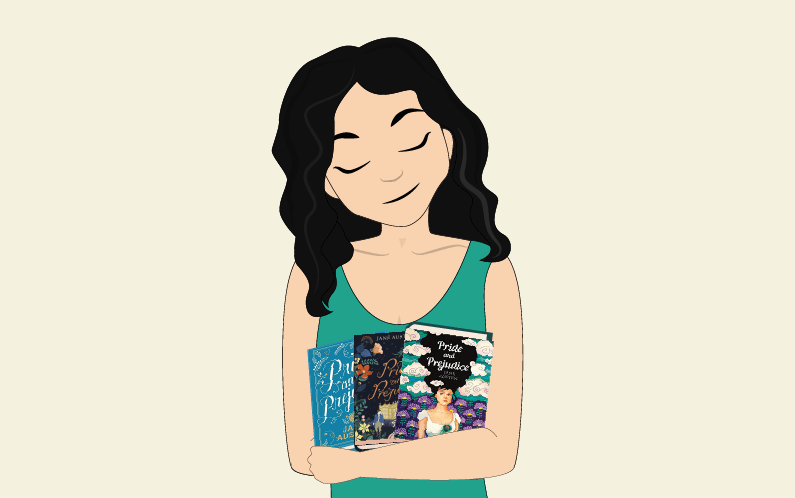
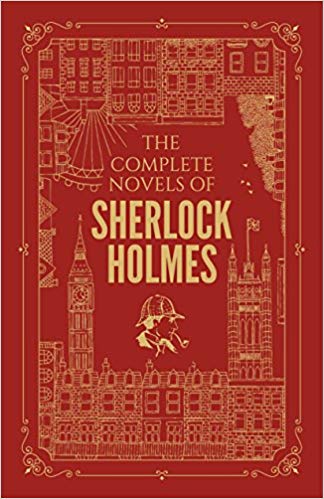
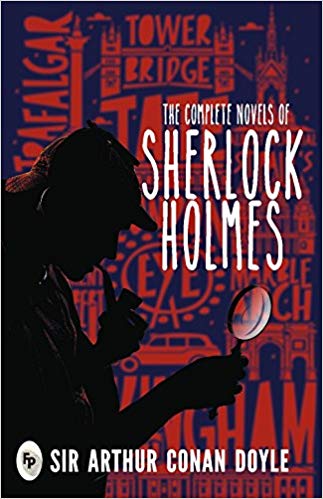
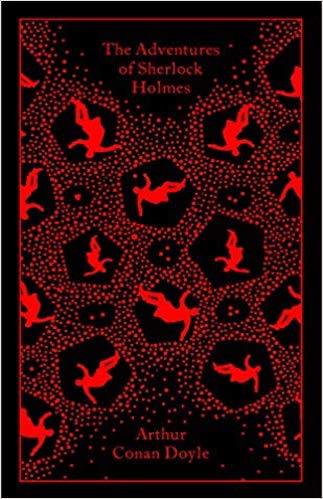

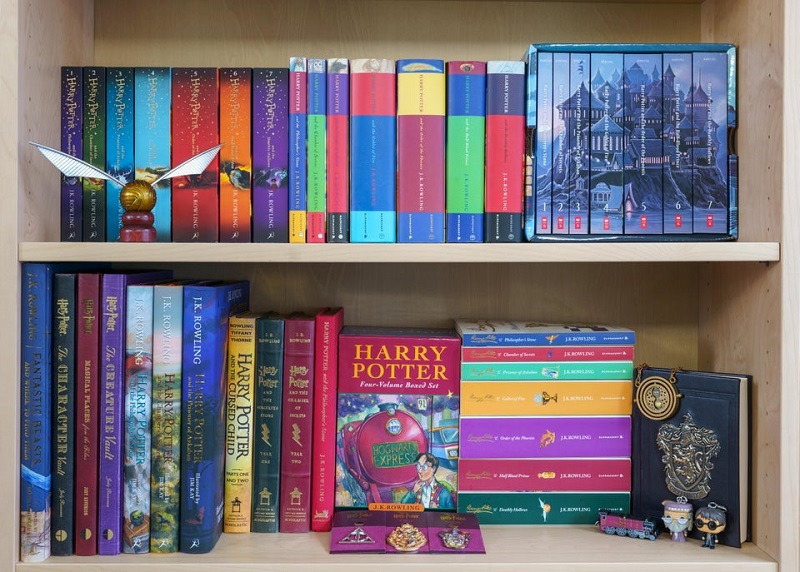


Prasanna , this post spoke to me on a cellullar level!
I collect different editions of Alice in Wonderland and there are always friends and family memebers who think I might be a bit crazy, but I just can’t get enough of it.
I’ve been doing this for years with Kurt Vonneguts ‘The Sirens of Titan’ and a few choice Heinlein books and Leigh Bracketts ‘The Long Tomorrow’. Several copies. Sometimes even the same publisher and cover. I’m a sick man. lol.